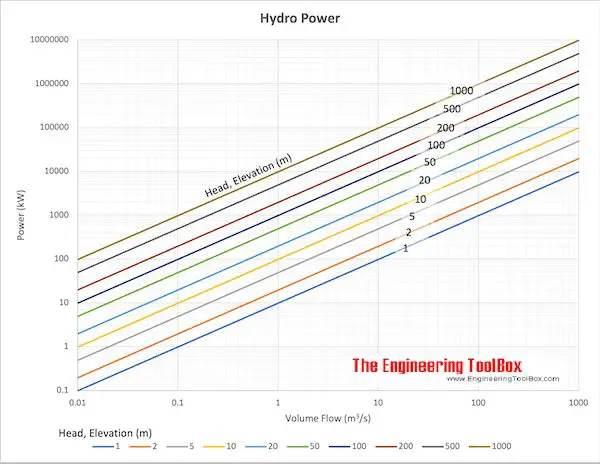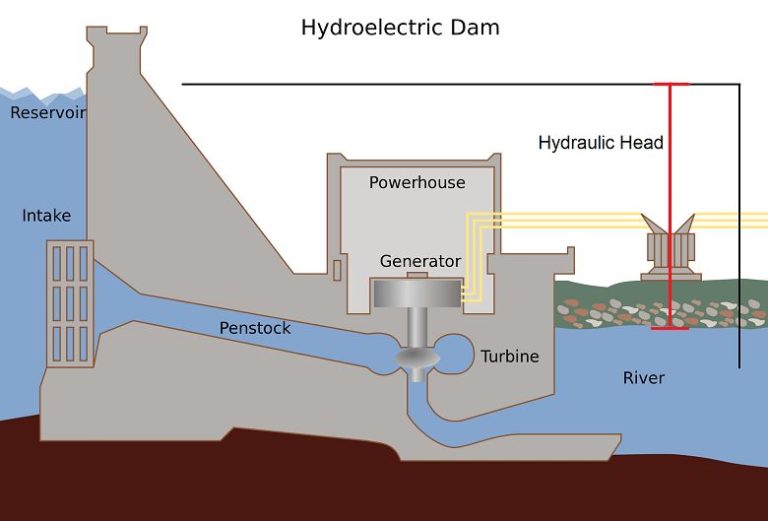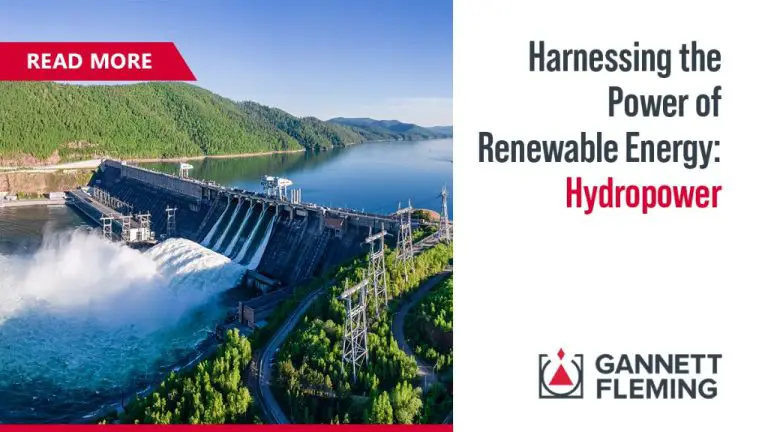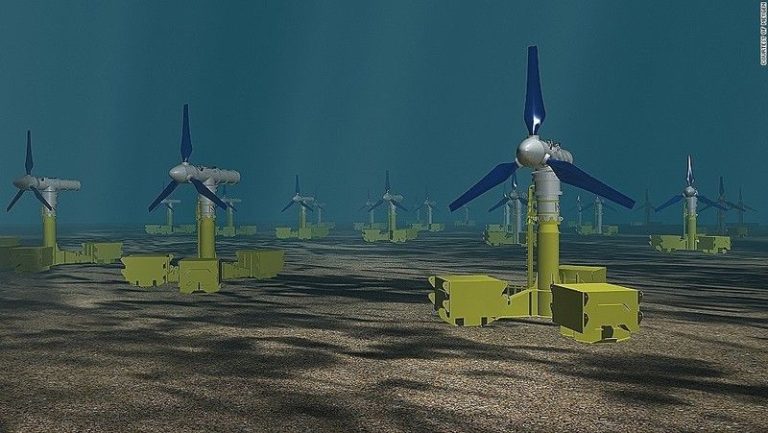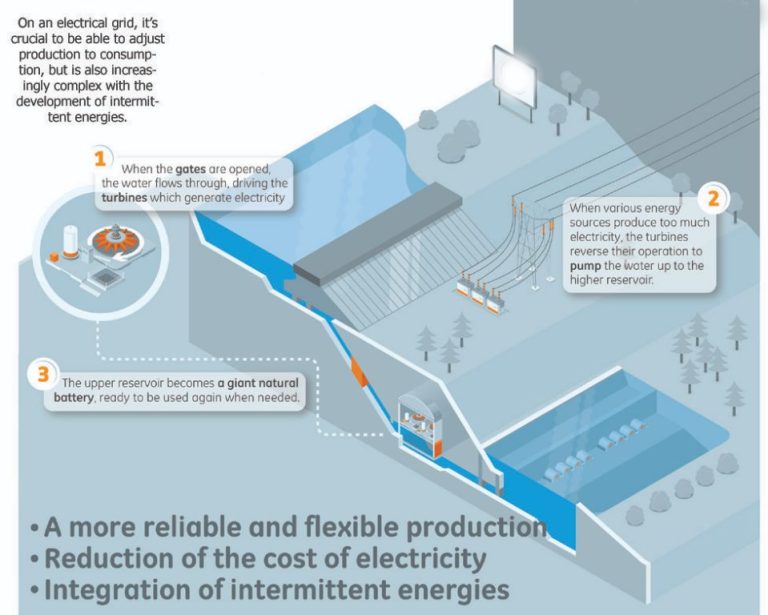Why Is The Hydropower Dam Being Used?
Introduction
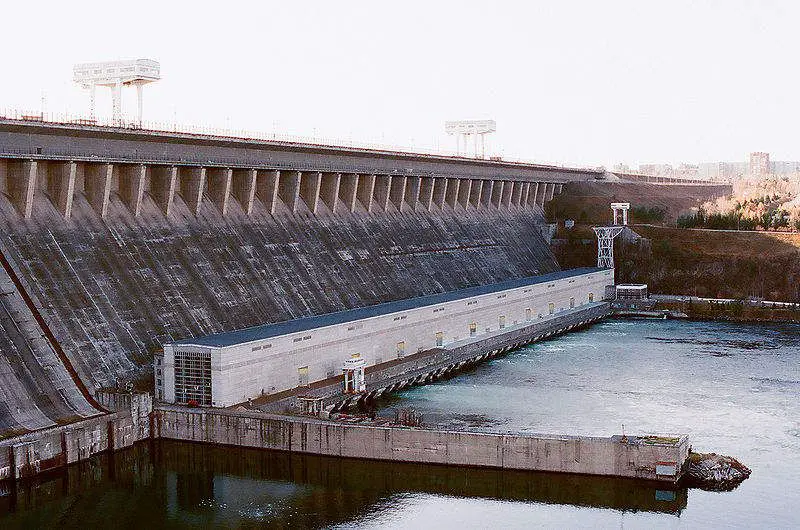
A hydropower dam is a type of dam that is used to produce hydroelectric power by harnessing the energy from flowing water. Hydropower dams are constructed on rivers to control and store large volumes of water that can be released to turn turbines and generate electricity. The dam creates a reservoir that serves as the water supply for power generation. Hydropower is a renewable source of energy and an important way to generate electricity around the world. According to the International Hydropower Association (IHA), hydropower dams supply over 16% of the world’s electricity. In addition to producing electricity, hydropower dams provide other benefits such as flood control, water storage, and recreation. However, they also have potential negative environmental and social impacts that must be considered. This article will examine the major purposes and uses of hydropower dams and the key advantages and disadvantages of these projects.
Generating Electricity
Hydropower dams are often used to generate electricity, which is a form of renewable energy (https://www.eia.gov/energyexplained/hydropower/). At a hydropower plant, water is released from a reservoir behind a dam, flowing through a pipe called a penstock. The flowing water turns a turbine connected to a generator, which then produces electricity. The amount of electricity that can be generated depends on the volume of water flow and the height from which it falls. According to the Tennessee Valley Authority (https://www.tva.com/energy/our-power-system/hydroelectric/how-hydroelectric-power-works), this makes hydropower a flexible, reliable source of renewable electricity generation.
Controlling Floods
Hydropower dams play a critical role in controlling and preventing flooding downstream. The dams have reservoirs that can hold large volumes of water and regulate the flow downstream. During periods of heavy rainfall or snowmelt, the dams retain excess water and release it at a controlled rate to prevent flooding (https://openjicareport.jica.go.jp/pdf/12043584_02.pdf, pp. 8-9). This protects communities and infrastructure located downstream from being inundated.
For example, in Brazil the hydropower dams along the Paraná River basin helped reduce the impacts of major floods in the region in 1983 and 1997. The dams retained floodwaters and made controlled releases to regulate river levels downstream (https://openjicareport.jica.go.jp/pdf/12043568.pdf, p. 7-3). Without the dams, the flooding would have been much more severe.
Therefore, flood control is a major benefit provided by hydropower dams. By regulating water flows, the dams prevent catastrophic flooding downstream during major rain events.
Storing Water
One of the key benefits provided by hydropower dams is the ability to store large amounts of water in reservoirs behind the dam. This stored water can serve multiple important purposes.
The reservoirs act as giant storage tanks, allowing water to be stockpiled during times of heavy rainfall and snowmelt and then released gradually over the course of the year. This helps control flooding downstream by regulating the flow of the river. It also ensures a steady supply of water during drier seasons when natural flows would otherwise diminish.
Stored reservoir water is often used for irrigation of croplands and provides a reliable source of water for agriculture. Dams specifically built for irrigation supply water to otherwise arid areas and allow farming in regions that would not support it naturally. The reservoirs also provide recreation opportunities like boating, fishing, and more.
Studies have shown the water storage capacity behind dams is crucial for balancing electricity generation with seasonal variability in river flows. With climate change leading to more erratic precipitation patterns, this storage capacity is becoming increasingly important (Source).
However, as glaciers shrink due to rising global temperatures, they are providing less meltwater in summer. This reduction in glacier meltwater contributions may diminish the water storage potential of some hydropower dam reservoirs (Source).
Facilitating River Navigation
Dams with lock systems allow boats and ships to navigate rivers that would otherwise be impassable due to natural barriers like rapids, waterfalls, and shallow waters. Locks act as “elevators” for vessels, allowing them to be raised or lowered to get past obstacles. For example, the Three Gorges Dam in China has a five-stage lock system with chambers large enough for 10,000-ton ships to pass through. This enables cargo transportation further upstream and downstream. According to a study, hydropower dams and river navigation are important priorities for China’s development plans in the Mekong River basin (Zhang & Li, 20171). The lock system helps connect inland cities to coastal trade routes.
Providing Recreation
Hydropower reservoirs create lakes that can be used for recreational activities like swimming, boating, fishing, and camping. These man-made lakes provide opportunities for outdoor recreation that may not have existed before the dam was built. According to the U.S. Department of Energy, most hydropower projects have substantial recreational benefits from the reservoirs they create (source). The reservoirs offer access for recreational activities that support local economies through tourism and improvements to quality of life.
In addition to the recreational opportunities provided by the reservoirs themselves, areas surrounding hydropower projects often become parks and campgrounds. Dams are frequently built with specific recreational facilities in mind, like boat launches, beaches, trails, and picnic areas. For example, the reservoirs behind Hoover Dam and Grand Coulee Dam are popular destinations for fishing, boating, and swimming. Overall, hydropower reservoirs enhance recreation, tourism, and the natural beauty of areas where dams are built.
Environmental Impacts
Hydropower dams can have significant negative impacts on the environment and ecosystems. According to the MDPI article “The Impacts of Hydropower Dams in the Mekong River Basin”, dams disrupt fish migration patterns, block sediment transport downstream, and change flood patterns. This leads to negative impacts on biodiversity, fisheries, and agricultural production downstream. Dams flood upstream areas which can destroy forests and wildlife habitats. The article states “The ecology of the area upstream and downstream of the dams will be substantially altered.”
Building dams leads to deforestation of the area that will be flooded. According to the ResearchGate article “Hydropower Dams, Environment and Politics”, this deforestation impacts biodiversity and releases significant greenhouse gases. Flooding land for the reservoir also releases methane, a potent greenhouse gas.
Dams disrupt fish migration, impacting fish populations and the livelihoods of people who rely on fisheries. Sediment buildup behind dams also impacts nutrient flows and aquatic life downstream. The environmental impacts can be substantial, so planning is needed to mitigate ecosystem disruption.
Social Impacts
Large dams often uproot communities and force people to leave their homes, villages, and cultural sites. The World Commission on Dams estimates that worldwide 40-80 million people have been displaced by dams in the past century (1). Rehabilitation and resettlement programs frequently fail to restore people’s livelihoods and living standards. Studies suggest that social impacts of hydropower projects and the associated displacement of local communities can lead to psychological issues, loss of livelihoods, disease, malnutrition, and other negative effects (2).
(1) https://www.un.org/esa/sustdev/sdissues/energy/op/hydro_cernea_social%20impacts_backgroundpaper.pdf
(2) http://www.csrd.vn/projects/monitoring-the-environmental-social-impacts-of-hydropower-dams/
Economic Impacts
Hydropower dams can have both positive and negative economic impacts on surrounding communities and regions. On the positive side, dams provide a source of low-cost electricity that can aid industrial development and stimulate economic growth.[1] The reservoirs formed by dams also facilitate commercial shipping and transportation. Dams and their reservoirs attract tourists for recreational activities like boating, fishing, and swimming, bringing in visitor spending. The reservoirs store water for drinking water and irrigation for agriculture.[2]
However, there are also potential negative economic impacts. The inundation of land by reservoir waters can displace communities and destroy agricultural land and productivity. Dams impact natural fisheries and the livelihoods of fishing communities. They can also negatively impact recreation and tourism reliant on free-flowing rivers. Large dams are costly to build and their benefits may not outweigh their high price tag. Proper assessment is needed to weigh costs versus benefits on a case-by-case basis.[3]
Conclusion
In summary, hydropower dams are used around the world for several important purposes, but also have significant impacts. The main uses of hydropower dams include generating electricity, controlling floods, storing water for drinking and irrigation, facilitating river navigation, and providing recreation. Hydropower is a renewable energy source that can provide electricity to millions of homes. Dams also help prevent devastating floods by regulating water flow. Their reservoirs store vast quantities of water for drinking, agriculture and industry. Dams with locks allow navigation of inland waterways. Recreational opportunities like boating, fishing and swimming are created by dams.
However, dams also disrupt river ecosystems and displace communities. They block fish migration and prevent needed nutrients from flowing downstream. The reservoirs behind dams flood valleys and forests, submerging homes, farms and sacred sites. Downstream flows can be reduced, affecting wildlife habitats and agriculture. Greenhouse gas emissions from reservoirs may offset the climate benefits of hydropower. In sum, hydropower dams provide major benefits but also incur significant environmental and social costs.

